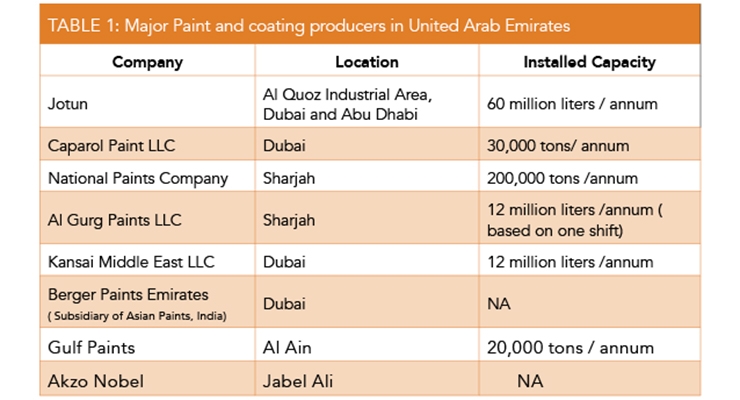The Influence Of Climate Condition On Your Exterior Painting Task
The Influence Of Climate Condition On Your Exterior Painting Task
Blog Article
Material By-Dejesus Pedersen
Understanding exactly how weather can affect the end result of an external painting undertaking is paramount for achieving a flawless surface. From temperature level changes changing paint adhesion to moisture levels impacting drying times, each aspect of climate plays a considerable role in the success of your job. Additionally, wind rate and rainfall can introduce unanticipated obstacles that might jeopardize the top quality of the final result. As we browse via the subtleties of weather condition's impact on exterior painting, it comes to be obvious that thorough preparation and critical timing are essential for ensuring an expert and durable result.
Ideal Temperature Level Array for Painting
When thinking about outside painting jobs, the suitable temperature range plays a critical duty in accomplishing ideal outcomes. Painting in the appropriate temperature level conditions guarantees that the paint sticks properly to the surface area, dries uniformly, and treatments properly. Usually, the recommended temperature level variety for outside painting is in between 50 to 85 levels Fahrenheit.
Painting in temperatures below 50 degrees Fahrenheit can cause issues such as inadequate paint attachment, prolonged drying times, and an enhanced probability of splitting or peeling.
On the other hand, paint in temperature levels above 85 degrees Fahrenheit can cause the paint to completely dry too rapidly, resulting in blistering, bubbling, and an uneven finish.
To accomplish the very best results, it is vital to examine the weather forecast prior to starting an outside paint task. Ideally, objective to paint throughout light climate condition with moderate temperatures and low humidity degrees.
Impacts of Humidity on Paint Drying
Humidity degrees substantially influence the drying out procedure of paint related to exterior surface areas. High humidity can prolong the drying out time of paint, leading to possible problems such as leaking, spotting, and even the formation of bubbles on the painted surface. Excess moisture in the air reduces the evaporation of water from the paint, impeding the treating process. This is especially problematic for water-based paints, as they rely upon evaporation for drying out.
On the other hand, low humidity levels can additionally affect paint drying. Exceptionally dry problems might trigger the paint to dry too rapidly, causing inadequate bond and a harsh finish. In such cases, including a paint conditioner or splashing a great haze of water in the air can assist regulate moisture degrees and enhance the painting end result.
To make sure optimal drying problems, it is suggested to repaint when the moisture degrees vary between 40% and 50%.
Tracking humidity degrees and taking ideal measures can assist attain a smooth and sturdy paint finish on exterior surfaces.
Wind and Rainfall Factors To Consider
Wind rate and rainfall are vital variables that considerably impact the success of an external painting task.
When it concerns wind, both speed and instructions are crucial considerations. High wind rates can create paint to completely dry also quickly, resulting in a substandard completed with prospective issues like fracturing or uneven structure. Furthermore, wind can lug particles that might abide by the wet paint, resulting in imperfections. Therefore, painters must intend to work with days with light to modest winds for optimal painting conditions.
On the other hand, precipitation, whether rain or snow, can be incredibly damaging to the outcome of an exterior paint project. https://www.bobvila.com/articles/accent-wall-colors/ from precipitation can prevent paint bond, creating peeling off and bubbling over time. It is vital to prevent paint during rainy or snowy weather to make sure the long life and high quality of the paint work. garden fence painters must also allow sufficient time for the surface area to completely dry completely after any type of precipitation prior to commencing or resuming the painting process.
Final thought
Finally, weather play a considerable duty in the end result of an exterior paint task. The ideal temperature range, moisture degrees, wind speed, and rainfall all contribute to the success or failing of the paint work.
It is vital to consider these aspects and strategy appropriately to make sure correct paint adhesion, drying out times, and general quality of the finished item.
